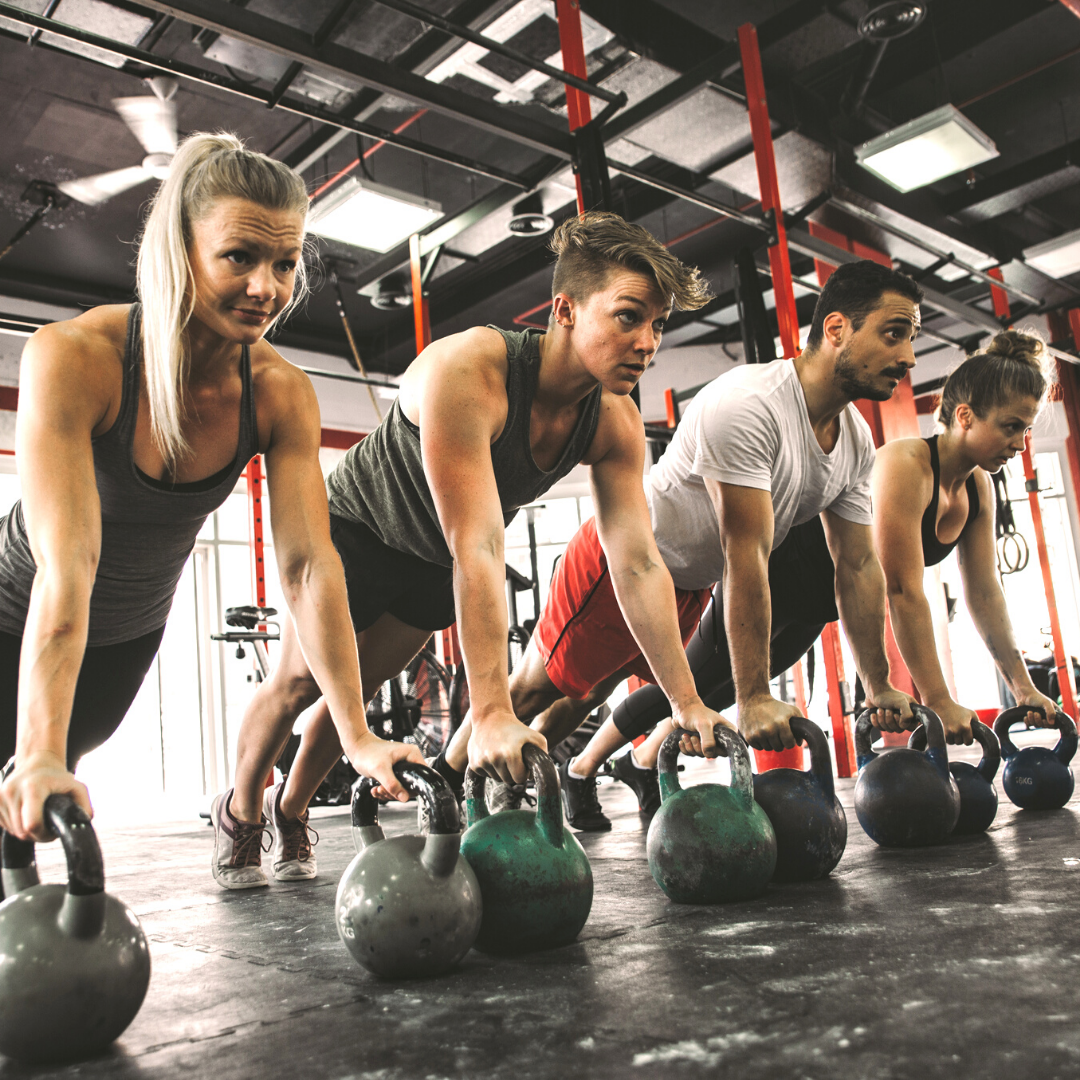Roger Federer’s victory, for his 20th major singles title, was the big story from the Australian Open. A close second, though, concerned his friend Rafael Nadal, the world No. 1. After nearly four hours in a quarterfinal against Marin Cilic, Nadal retired in the fifth set, down 0-2, with a right hip injury.
In his post-match interview, Nadal explained that in the fourth set, “one movement, one drop-shot … I felt something.” He subsequently underwent an MRI, which revealed a Grade 1 injury to the iliopsoas, or inner hip muscles, on his right side.
“As bad as it is to have to retire from the quarterfinals of a Grand Slam tournament, the injury is not so serious,” he said, adding: “In the next few days, I will be in sports rest and perform anti-inflammatory physiotherapy. … The doctors tell me that in two weeks I will be able to get back on court.”
Nadal blamed his leg injury on the ATP and the grueling tournament schedule.
“Somebody who is running the tour should think a little bit about what’s going on. Too many people getting injured. … I don’t know, if we keep playing in this very, very hard surfaces, what’s going to happen in the future with our lives.”
The offseason continues to get shorter, with most top players getting only a few weeks throughout the year for recovery. Some believe that the busy schedule puts pressure on players to compete before they have completely recovered from minor injuries, making them more susceptible to further injury. Compounding the problem, more tournaments are being played on hardcourt surfaces, instead of clay and grass, because of the ease of upkeep and cost-effectiveness. Unfortunately, this move toward hardcourts puts significantly more strain on players’ knees, ankles and hips.
To be fair, there is another side to this argument. Cilic thought Nadal’s comments were unfair, and he insisted the challenge was the same for all players on the tour. “The calendar is there for so many years,” the 29-year-old said. “Just in this last year … we see a lot of top guys that are injured, [but] in the end, it’s on all of us to try to take care of our bodies, to try to pick the right schedule, to listen to our body, how it feels.”
Cilic has a valid point, but it is important to remember that there are many mandatory tournaments in which top players must compete, or else risk losing ranking points. And it stands to reason that the better players will reach the later rounds of each of these tournaments, so they tend to have less recovery time than the majority of players who lose earlier in the draw. In other words, Nadal’s argument is also valid; considering the jam-packed schedule, along with the mandatory tournaments, there is a constant fight for recovery time, which is possibly why so many top players are injured at the start of this year.
The demanding schedule is just one part of the problem facing professional tennis players today. With the changes in equipment and court surfacing and improved athleticism, the players now move quicker, hit each shot with more power and are forced to play matches that are longer and tougher.
The equipment has undergone an evolution since the 1960s, causing players to adapt a baseline-focused strategy instead of a variety of topspin, slices and serve-and-volleys. Rackets were originally made of wood, then graphite and finally carbon fiber, which encourages bigger strokes with more topspin. As equipment technology has improved, players can hit the ball harder and with more topspin repeatedly, making every match more physical and full of powerful, long rallies.
Court surfaces have also changed. Fifteen years ago, each of the four court surfaces were extremely different: slow hard, fast hard, clay and grass. Different players excelled on different surfaces. However, by the late 1990s, many spectators considered tennis to be a boring sport because of quick serve-and-volley points and a lack of lengthy, entertaining rallies. One of the methods to counter this was to slow down the courts.
After Wimbledon in 2001, the grass was changed, causing the ball to bounce higher and slower. In 2008, the Australian Open transitioned from the spongier Rebound Ace to the firmer Plexicushion blue hardcourt, which offers a slower and more predictable bounce that is more similar to the U.S. Open playing surface. With all of the surfaces playing a bit slower, baseline-focused strategies can be employed in all tournaments, leading to the same players consistently reaching the later rounds of each tournament.
Finally, players today are bigger, faster, and stronger than they were 20 years ago. Tennis used to be highly technical, emphasizing more precision and shot placement, but with the change in technology allowing harder groundstrokes and 120-mph serves, the sport now rewards power over precision. There is no longer a top professional player who always serves-and-volleys like Patrick Rafter, or a top player like John McEnroe, who was known for his deft hands and quick reflexes. All professionals at the highest level are forced to play with more power at the baseline, further lengthening the rallies, matches and strain on the body.
Nadal’s blaming the ATP scheduling as part of the explanation for his injuries may be in part correct, but it is likely an oversimplification. There are a multitude of factors increasing the strain on players’ bodies. Unfortunately, given the changes highlighted above, it is unlikely that Nadal’s injury will be the only one to a top 5 player this year



